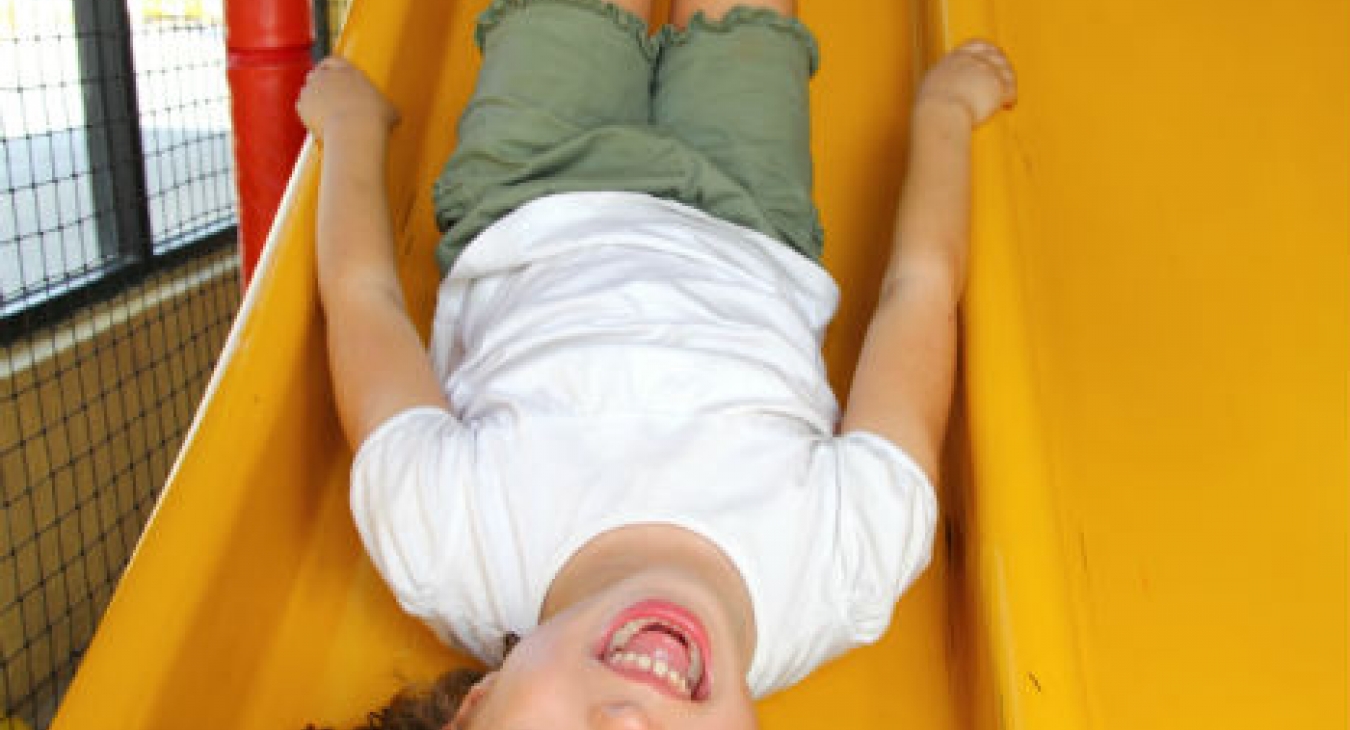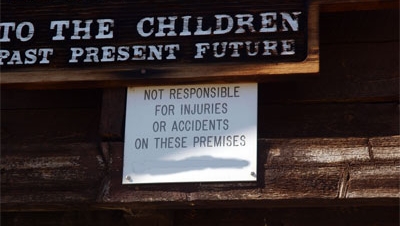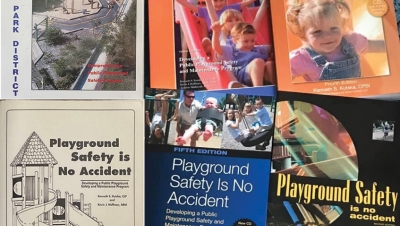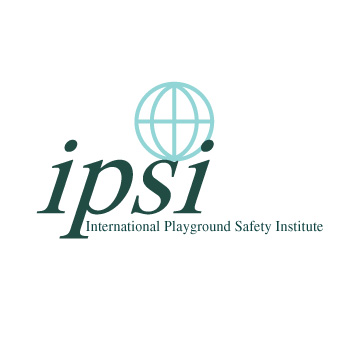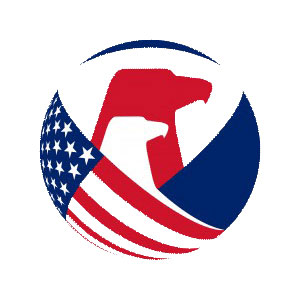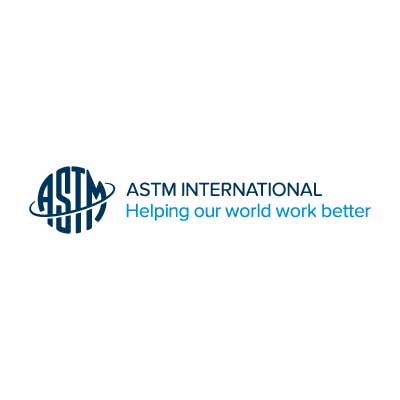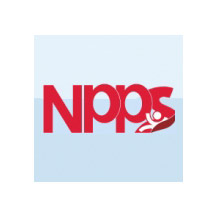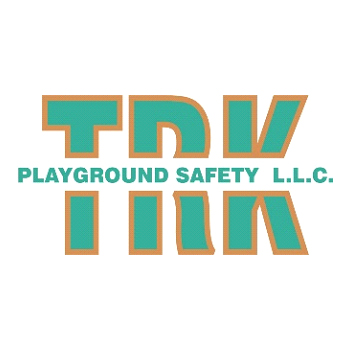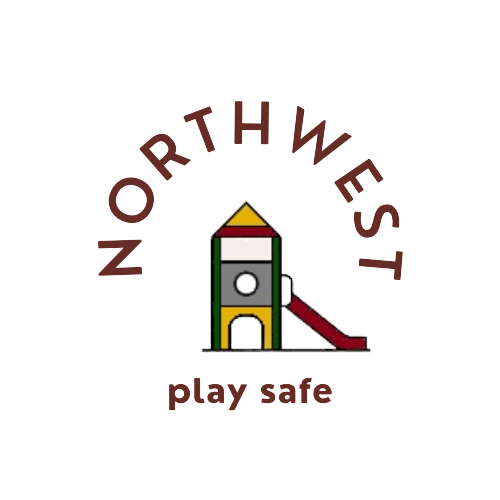Girl playing on a slide.
Regular, outdoor free play is an essential part of a child’s development and is proven to include many physical, emotional, social, and cognitive benefits. For years, playground designers have worked to design spaces with a wide variety of engaging and exciting equipment and surfacing materials that can be configured to challenge and motivate children of varied ages and abilities. The facts are clear: playgrounds are fun and provide tremendous learning opportunities for kids and parents alike. It’s also important to have a good balance between play and safety.
Proper safety measures have been recognized by the industry to keep play spaces safer and understand risk levels while providing appropriate equipment and surfacing. Children have a natural desire to learn and develop in a modern playground environment, so it's essential for play equipment to continue to evolve. Playground safety has also improved significantly over the past 30 years. This is from the combination of risk/reward analysis, and with a better understanding of surfacing materials, the input from dedicated industry experts, advocates, and parent activists that have embraced product certification programs for public play equipment and surfacing materials.
Setting the Foundation: Insurance and Certification
Creating a safer playground starts with purchasing equipment that is third-party validated to applicable industry safety standards. IPEMA’s equipment certification program validates compliance with the ASTM F1487-17 and/or the CSA Z614-14 standards. Manufacturers should provide proof of products liability insurance for the playground equipment on a per occurrence basis at a reasonable level of coverage. Installation professionals should have approval from the manufacturer of the equipment, and be insured properly for general liability, worker’s compensation, and commercial auto policies – preferably with an umbrella policy.
Using the Manufacturer’s Recommendations
Working with a manufacturer that supports playground safety and supervision and provides necessary tools to support their mission is critical to a successful partnership. According to the ASTM Standard, the manufacturer is required to provide the owner or operator with “clear and concise instructions and procedures for the installation of each play structure designed or provided, as well as a complete parts list.” They are also required to provide “inspection, maintenance, and repair instructions, including, but not limited to, what, when, and how to inspect, maintain, and repair.” The labels the manufacturer provides should also be kept out of direct sunlight on the posts and on a clean and dry surface, visible to all.
It’s also critical that proper surfacing maintenance is done per the manufacturer recommendations. Acceptable playground surfacing options include certified wood fiber, shredded rubber, synthetic turf, rubber tile or poured-in-place surfacing.
Keeping Organized
The next step that any professional can take is to develop a master maintenance checklist. Think of it as home base for your playground with key dates, manufacturer notes and things to remember. This checklist can be created in a spreadsheet and sorted with all the different items to keep your playground in supreme shape.
This list can include checking everything from cracks or bending, to exposed ends of pipes, to protruding bolt ends and beyond. After all items are noted, use the list provided by the manufacturer for all inspections and then use a calendar to map out when checks are needed. Ensure attention is paid to all the different frequencies listed (i.e. daily, weekly, monthly or annually) and make reminders when things become due. Having this home base can keep everything organized and easy to navigate, and allow you to stay on track.
Educating Playground Staff
Once the equipment and list are ready, the final step is to focus on the people. Making sure the front-line staff is trained to maintain the equipment and surfacing to the manufacturers’ expectations is key. It is also essential that staff and playground leaders have intensive training and instruction about safe behavior on the playground, such as making sure it is supervised at all times when children are using it. Staff should be well aware of best practices, so educating about these practices, including first aid and accident training, can make sure they have the proper preparations. On the playground, use signage to educate users on age and supervision recommendations so all people are well aware.
It could also be helpful to create a checklist for public playground leaders. This can include things like goals, constantly observing play patterns to note possible hazards, and not permitting too many children to use the same piece of equipment at the same time. Having this checklist that all leaders and staff can look at on a daily basis can serve as a helpful reminder and guide.
For references and details on safety recommendations, the following publications can be helpful to add to your collection: Consumer Product Safety Commission (CPSC) A Handbook for Public Playground Safety (Publication No. 325), American Society for Testing and Materials (ASTM) F1487, American Society for Testing and Materials (ASTM) F1292, and Canadian Standards Association (CAN/CSA) Z614.
One other thing to keep in mind is to purchase playground equipment that has places for caregivers to be comfortable when they supervise and provide opportunities to closely interact with kids. Kids should be logging a lot of time at the playground – ideally one hour per day – so caregivers should also have an allotted space to feel relaxed, and be accessible to the children.
Playgrounds are nature’s colorful, open, hands-on classrooms that provide many benefits to kids – from learning to building confidence, to being inclusive. By laying the groundwork early, we can ensure a safe and sound environment where everyone can experience the benefits of play together.
For more information, visit https://ipema.org/ and http://voiceofplay.org/playground-safety/.


